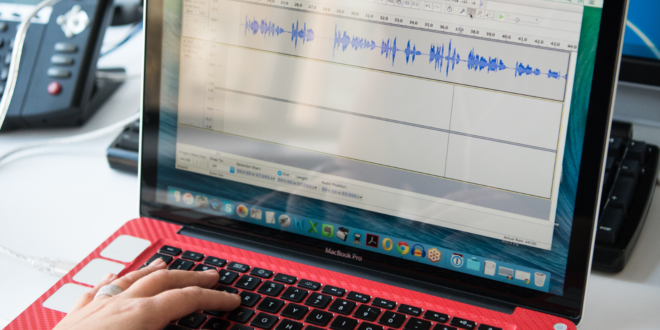What HR Teams Need to Know About Productivity Monitoring
Even before the pandemic, remote work was trending upward. From 2017 to 2018, the U.S. Bureau of Labor Statistics found that 28.8 percent of college graduates were working from home for all or some of the work week. After COVID-19, that percentage has skyrocketed—roughly two-thirds of the American workforce is now operating remotely.
The stay-at-home orders have forced the hand of many employers that previously resisted the idea of telework, fearing a downtick in productivity. What’s more, jobs that were once thought impossible to do remotely have since been proven to be feasible, even an improvement over their in-office counterpart. It all adds up to teleworking becoming even more normalized as we navigate COVID-19 and beyond—a possible concern for those same employers that don’t like the idea of being sequestered from the staff they’re supposed to be monitoring.
In response, some employers have considered implementing productivity and employee monitoring software. These tools enable employers to track log-on and log-off times, device usage, and even how much work employees actually perform. They may seem like a fitting solution for managers and executives, but HR teams should know some of the baggage that comes with productivity monitoring.
Office Culture
You’d be hard pressed to find an employee that was enthusiastic about productivity monitoring. Nobody wants to be subjected to further scrutiny and surveillance, which means productivity monitoring could take a toll on office morale. With recent research having all but confirmed the correlation between office morale and productivity, these monitoring tools could actually lower an employee’s productivity. Furthermore, employers may find themselves being viewed as intrusive and branded as micro-managers. Overall, most productivity monitoring is going to have an adverse effect on office culture and employee engagement.
Legal Concerns
If the office morale concerns weren’t enough, there’s also a knot of legal ramifications that come with any employee monitoring implementation. Generally speaking, employers are allowed to monitor employee activity while they’re in the office. But the legality gets much dicier when that same employee is working from home, especially if they’re using their personal devices instead of company-provided ones. There are a plethora of different laws and statutes, including the Electronic Communications Privacy Act of 1986 and the National Labor Relations Act, as well as some industry- or state-specific protocols to follow as well. It all adds up to a complicated, sometimes even contradictory, web of legal concerns. If your upper management is considering employee monitoring, make sure they’re aware of the potential legal headaches that accompany it.
How Do We Measure Productivity?
Monitoring tools aren’t a silver bullet for employers concerned about their employees’ productivity. For example, software installed on a computer that tracks program usage can’t account for time spent on a phone call. Tools that only activate during the workday fail to capture work done off the clock.
A more feasible (and less expensive) solution for managers that harbor productivity concerns about working from home may be simply opening a dialogue with their employees and re-examining the way they think about productivity. For many office jobs, the outcome is more important than the output.
Originally featured in UBA’s June 2020 HR Elements Newsletter.


